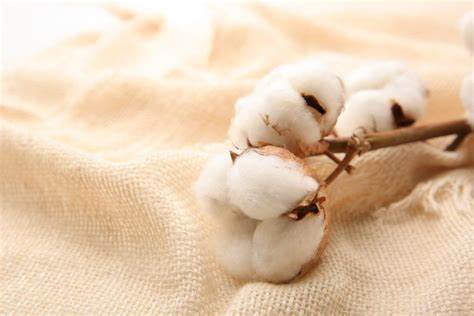



WHY WE AVOID POLYESTER CLOTHING We don't think that being radical is the best solution. But we can avoid it by reducing its use. If everyone did the same, surely nature would already thank you. Undoubtedly, polyester or polyamide garments have high durability, color and heat retention, and resistance to roughness, in addition to being cheaper. It is very common to mix polyester fibers with natural fibers in the manufacture of clothes, ensuring combined characteristics to the fabric as well. However, its use has environmental impacts ranging from its production to its disposal. In the production of polyester, volatile organic compounds (VOC) and effluents containing antimony are emitted. And its use, correct and incorrect disposal generate a material that is harmful to humans and animals, microplastic. Reference: Poliéster: MAJOR IMPACTS- eCycle
.jfif)